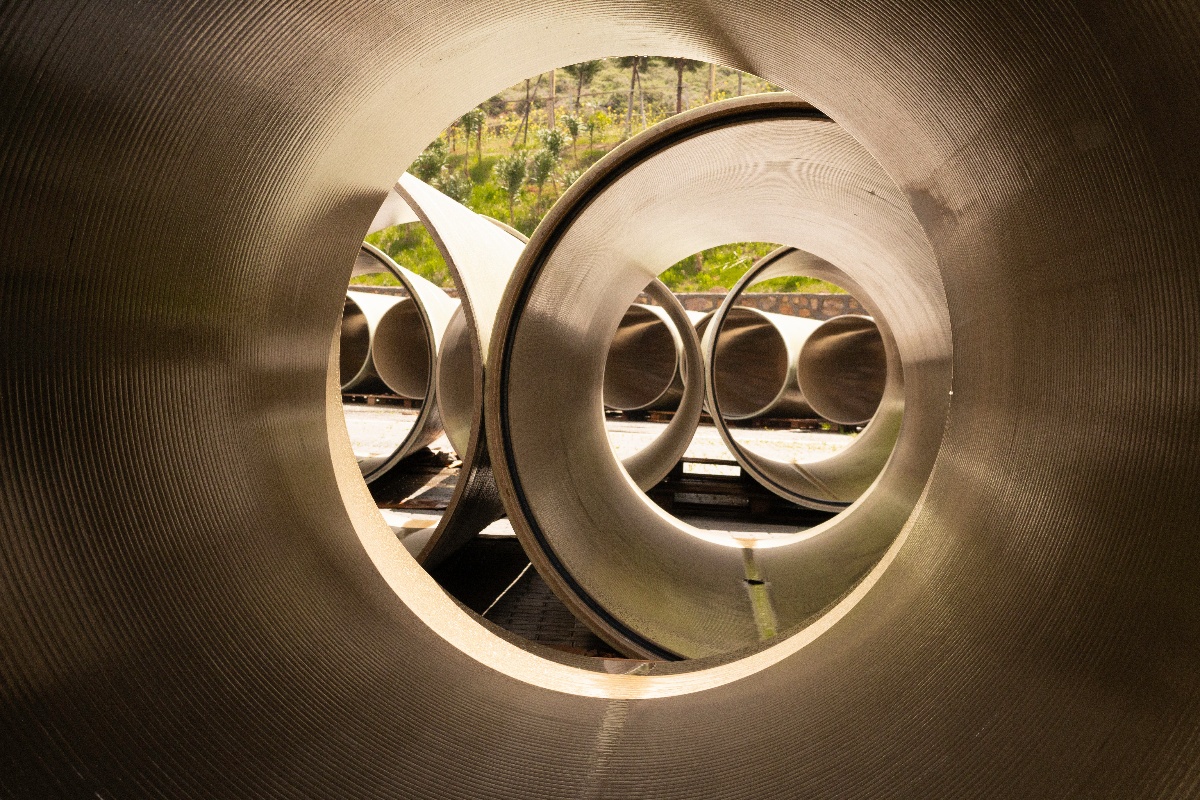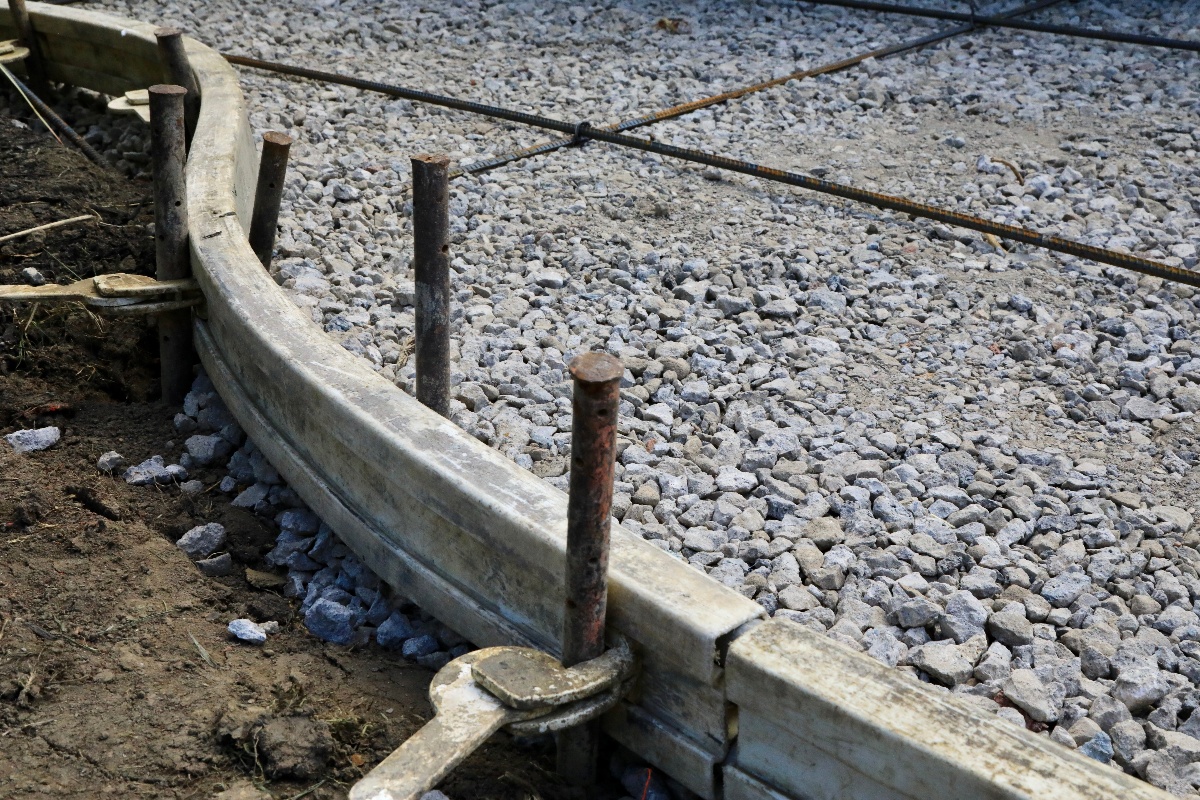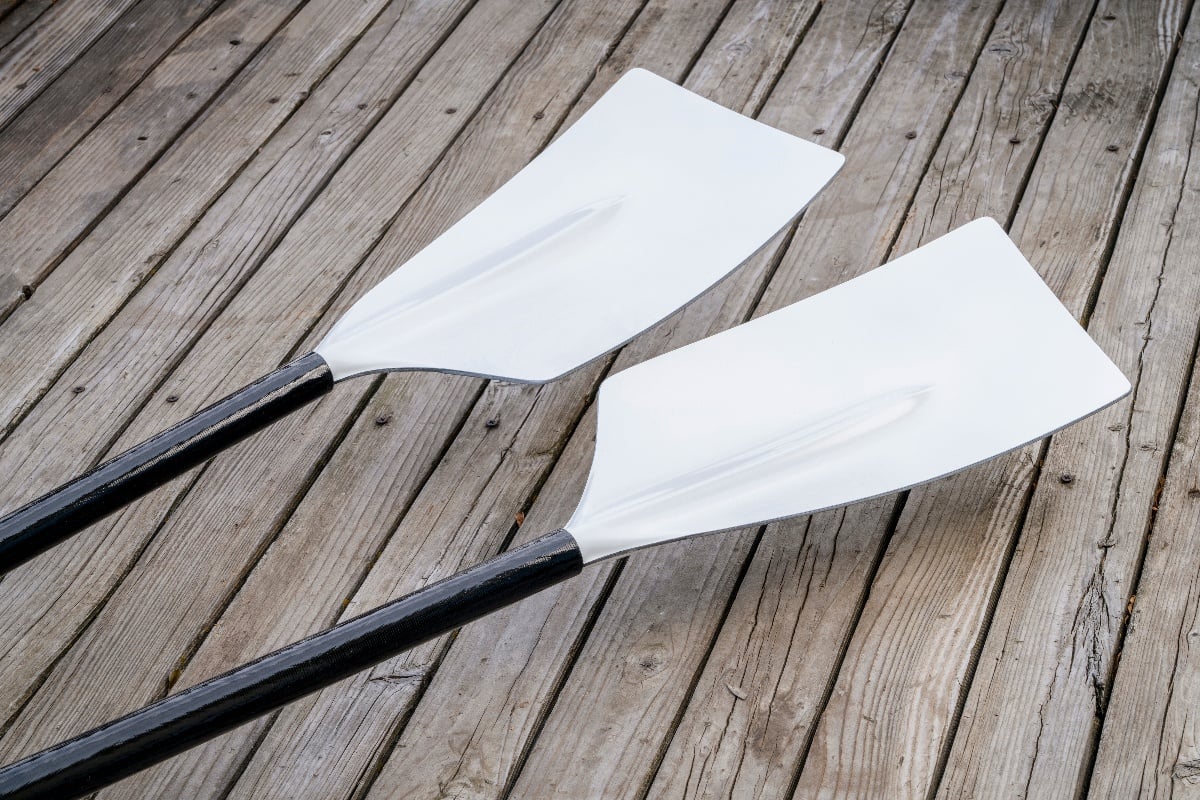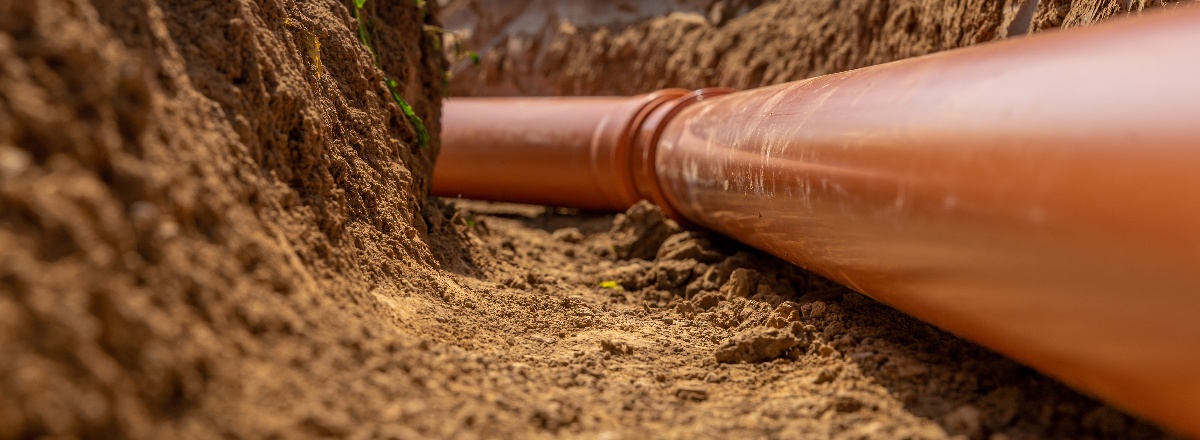
Springs play a critical yet often overlooked role in medical examination equipment. From imaging machines like MRI scanners to adjustable patient examination tables, scales, and specialty medical chairs, springs provide the mechanical motion and forces necessary for positioning, movement, and reliable operation. Choosing the right spring design and material properties is vital for the functionality and reliability of medical equipment.
The springs allow for smooth height adjustments, arm pivots, and patient positioning movements with controlled force and displacement. Their mechanical properties directly influence the patient experience and technician ergonomics. At the same time, the springs must withstand repeated use without failing in order to minimize equipment downtime. By optimizing the spring type, dimensions, material, and fabrication quality, engineers can fine-tune the force-displacement curves to fulfill the exact loading requirements of medical applications.
The constrained spaces of medical equipment also impose limitations on spring sizes, forcing innovative compact designs. The springs must be made from materials that can withstand disinfection chemicals and processes. By considering factors from biocompatibility and corrosion resistance to fatigue life and load capacity, engineers continue advancing spring technologies for ever-improving medical examination equipment performance and reliability.
The following sections will explore the specialized spring design considerations for medical applications and provide an overview of current and emerging spring materials technology in this field.
Spring Design Considerations for Medical Examination Equipment
Load and force requirements
Medical equipment springs must provide precise forces and displacements tailored to the application. The springs must withstand peak loads without yielding while also allowing smooth motion control.
Deflection and stiffness
The medical spring's stiffness dictates its deflection curve under load. Specifying the right stiffness gives the necessary deflection range to position patients while avoiding a bottoming-out sensation. Softer springs used in equipment padding also boost comfort. Stiffness depends on the spring's wire diameter, material, winding pattern, and active coil number.
Size and space constraints
Medical equipment emphasizes compactness for easy maneuverability in tight spaces. Springs must fit into allocated spaces while meeting load requirements. Custom miniaturized springs, unconventional geometries, and nested dual-spring solutions are some approaches.
Fatigue life and durability
Equipment springs experience millions of cycles under continuous use. High endurance and fatigue resistance prevent premature failures. Fatigue life depends on the material composition and processing, surface finishes, shot peening, as well as minimizing stress concentrations in the design.
Corrosion resistance
Medical environments subject springs to demanding cleaning chemicals, bodily fluids, and sterilization processes. Using stainless steel or advanced alloys prevents corrosion even after prolonged exposure.
Noise and vibration reduction
Patient and technician comfort requires designing inherently quiet springs and damping vibrations. Multi-strand cables, elastic materials at interfaces, and sound-deadening spring coatings reduce noise. Isolating mounts and precision winding geometries also contribute.
Ideal Spring Material Properties
Spring material choice plays a major role in meeting the demands of design considerations in medical applications. The material properties impact the attainable load capacity, deflection characteristics, fatigue life, biocompatibility, corrosion resistance, and cost-effectiveness.
Engineers evaluate various material options like metals, polymers, and advanced alloys to select the optimal balance of properties. Key considerations include:
- High yield and tensile strength: Provides load-bearing capacity while resisting permanent deformation
- Low modulus of elasticity: Allows increased elastic deflection and shock absorption
- High fatigue strength: Resists cracking and failure through repeated cyclic stresses
- Good corrosion and chemical resistance: Withstands cleaning solutions and environmental exposure
By evaluating both standard and emerging candidate materials against these essential properties, engineers can identify optimal, application-specific spring solutions for advancing medical equipment.
The Promise of Fiberglass Springs
Fiberglass offers unique potential as a spring material for medical applications needing high strength, corrosion resistance, and radiolucency. Made from glass fiber reinforcement in a plastic polymer matrix, fiberglass can be fabricated into custom springs with tailorable properties.
With strength surpassing plastics but weighing much less than metals, fiberglass allows for lighter spring designs. This enables easy maneuverability and manipulation for adjustable exam tables and seating. Fiberglass also provides more fatigue life than steel springs, meaning improved reliability through years of repetitive motions.
As a non-conductive material transparent to X-rays, CT scans, and MRI imaging, fiberglass prevents interference with important diagnostic equipment. This radiolucency also allows doctors to visualize anatomical structures under and around fiberglass springs during exams.
The polymer matrix offers considerably higher corrosion and chemical resistance than metallic springs when facing cleaning agents, bodily fluids, and sterilization chemicals. With proper construction, fiberglass springs can meet medical biocompatibility standards as well.
While the raw material costs exceed traditional steel and plastic springs, the lifecycle savings from extended service life and corrosion resistance make fiberglass an attractive option. Continued manufacturing advancements also improve the economical fabrication of fiberglass springs in high volumes.
With these advantages combined, custom fiberglass springs show strong promise for replacing traditional metallic springs across critical medical applications from imaging equipment patient beds to adjustable chairs and scales. Their unique balance of strength, radiolucency, and corrosion resistance make them an emerging material for enabling reliable, high-performance medical equipment.















